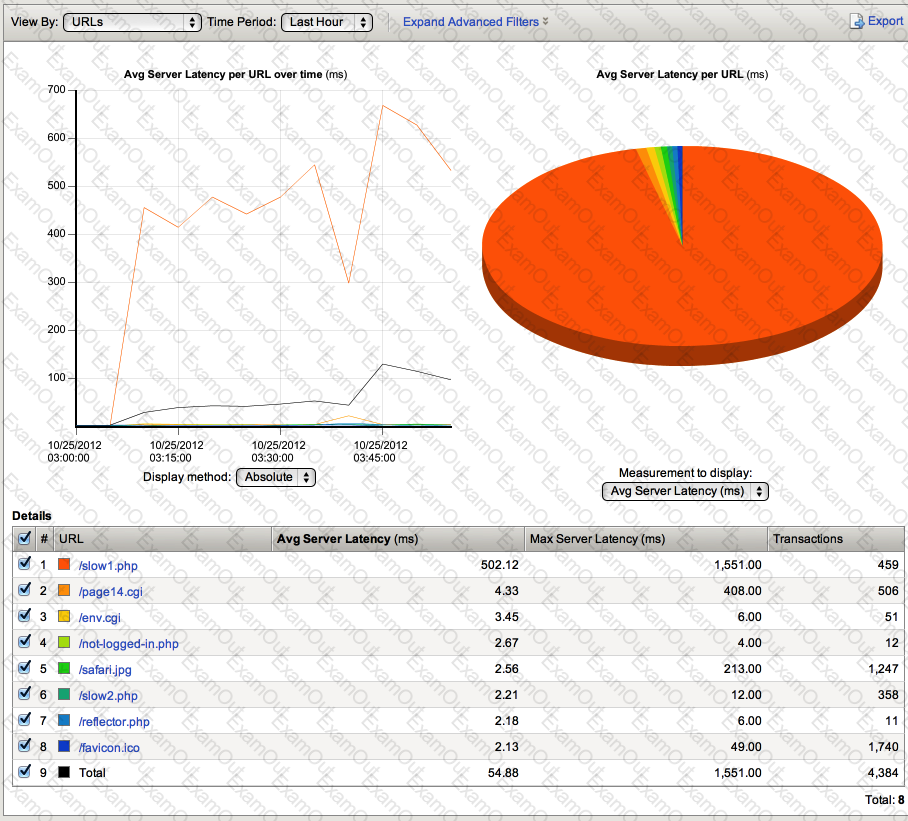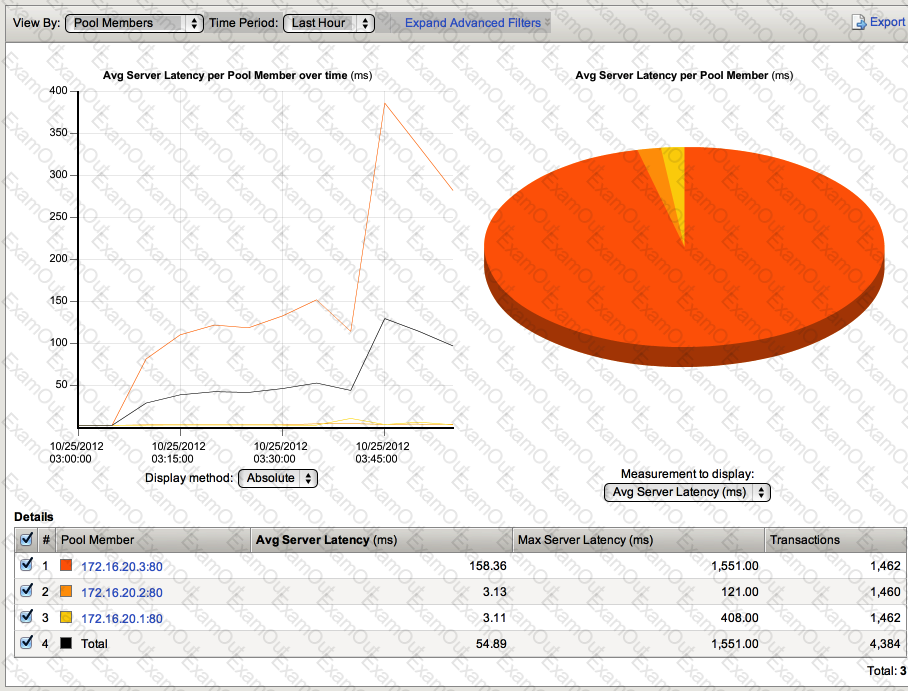An LTM device pair is configured for failover and connection mirroring. The LTM devices are configured with virtual servers for HTTP, HTTPS with SSL offload, and SSH. An event occurs that causes a failover. HTTP and SSH sessions active at the time of failover remain active, but HTTPS sessions are dropped.
What is the root cause of this problem?
An LTM device is running BIG-IP v10.2.0 software. The LTM Specialist is tasked with upgrading the LTM device to BIG-IP v11.2.0 HF1. The LTM Specialist starts the upgrade process by selecting the uploaded Hotfix and installing to an unused volume. After 10 minutes, the LTM Specialist checks the status of the upgrade process and notices that the process is stalled at 0%.
What should the LTM Specialist verify?
The end users of a web application need to verify that their browsers received the complete message-body from the web server.
Which HTTP header will accomplish this?
When re-licensing an LTM device from the command line interface, which tmsh command should the LTM Specialist use to generate the required information to provide on the F5 licensing portal?
-- Exhibit –

-- Exhibit --
Refer to the exhibit.
The virtual server is listening on port 443.
What is the solution to the problem?
-- Exhibit –


-- Exhibit --
Refer to the exhibits.
Which URL on which server is causing the highest latency for users?
Which iRule will reject any connection originating from a 10.0.0.0/8 network?
An LTM Specialist loads a UCS file generated on a different LTM device and receives the following error message:
"mcpd[2395]: 01070608:0: License is not operational (expired or digital signature does not match contents)"
Which command should the LTM Specialist use to prevent the error?
Which procedure should an LTM Specialist follow to move a configuration from a 1500 to a 1600 hardware platform during an upgrade?
A web developer has created a custom HTTP call to a backend application. The HTTP headers being sent by the HTTP call are:
GET / HTTP/1.1
User-Agent: MyCustomApp (v1.0)
Accept: text/html
Cache-Control: no-cache
Connection: keep-alive
CookiE. somecookie=1
The backend server is responding with the following:
HTTP/1.1 400 Bad Request
DatE. Wed, 20 Jul 2012 17:22:41 GMT
Connection: close
Why is the HTTP web server responding with a HTTP 400 Bad Request?

